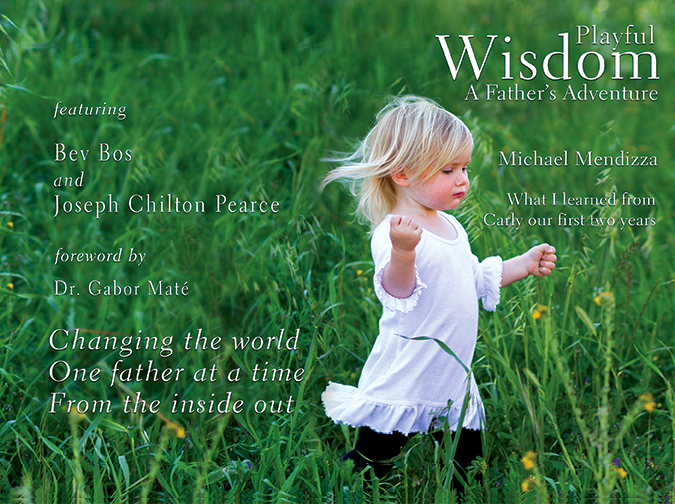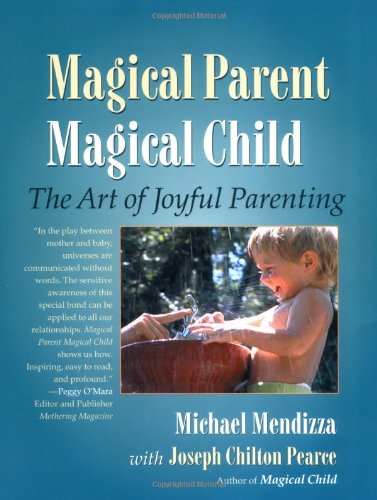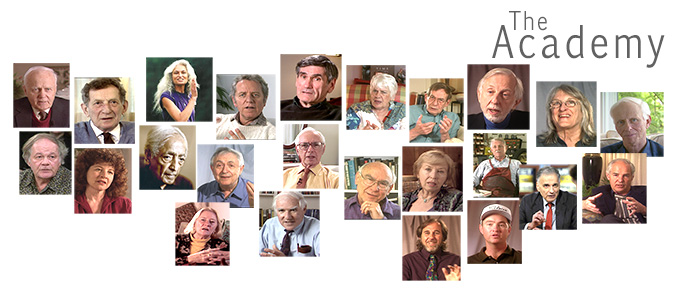Taming The Dragon Within
Marshall Rosenberg’s core principles of nonviolent communication are sound. Personal conflict arises when needs (and their underlying feelings) are not being met. We then find ourselves in one of two positions: frustrated because our needs are not being met or we are relating to others who feel that way. Being in either position requires sensitivity, self-knowing and clear communication skills. Lacking these ‘inner-game’ qualities, trouble is inevitable. Self-knowing and communication skills are doubly important when dealing with children (or adults behaving like children). With children we are in complete control of the playing field. Like the Pied Piper our job is to enchant the very best response the child has to offer by modeling the same.
![]()
 Whether relating with an infant, toddler or teen our first challenge is to avoid dogma, “do as I say or else.” Begin by eliciting empathy, real appreciation for one’s own and/or the other’s needs and feelings, here and now. Unfortunately, we, and I am as guilty as most, often skip this part. It has been a long day. We are tired, grumpy, irritable and easily triggered. In these low states of energy and attention, what physicist David Bohm called “the reflex system” is driving the show. Reflexes are knee-jerk responses, reptilian, fight-flight responses. Absent are most of our higher brain functions with their implicit intelligences and empathy. On careful examination these knee-jerk ‘triggered’ responses mascaraed as our social image or ego with its indignation and selfishness.
Whether relating with an infant, toddler or teen our first challenge is to avoid dogma, “do as I say or else.” Begin by eliciting empathy, real appreciation for one’s own and/or the other’s needs and feelings, here and now. Unfortunately, we, and I am as guilty as most, often skip this part. It has been a long day. We are tired, grumpy, irritable and easily triggered. In these low states of energy and attention, what physicist David Bohm called “the reflex system” is driving the show. Reflexes are knee-jerk responses, reptilian, fight-flight responses. Absent are most of our higher brain functions with their implicit intelligences and empathy. On careful examination these knee-jerk ‘triggered’ responses mascaraed as our social image or ego with its indignation and selfishness.
If we begin with empathy for ourselves, and this implies a quality of self-awareness that allows for at least some attention that is not completely reflexive, we have a chance. If not, we are a hungry dragon on the prowl. If we are fortunate to have this sliver of attention and without blame, we can communicate what is needed to, as Marshall would say, make our life wonderful, that is, to meet our needs without conflict, something easier said than done with a self-aware adult, evermore challenging with a young child.
Being social by nature children are naturally empathic, unless this basic human quality is tortured out of us very early. Empathy implies an intrinsic drive towards mutual happiness and joy. Children, even infants, are drawn to happiness and playful wellbeing. Our job and challenge is to help them move in that direction and this requires two things; first, a deep understanding and appreciation for the child’s development age, stage and relationship capacities, and two, the ability to communicate, without implying blame or conflict, what will make our, and therefore their, life wonderful. They can’t do this. I insist, we are in complete control of the relationship-game and how it is played. We are completely responsible for the conflicts that arise or not. Here is where skill and practice come in.
Attunement is necessary to lead the child to a response that will meet their needs and ours. We must stop, sink deeply into the child’s state of heart, mind and imagination and meet them where ‘they’ are. Again, I insist, they can’t meet us where we are. We are the designated driver. With skill, sensitivity and awareness this attunement grows ever-present.
 How easy we forget that before and lingering into age three and after the child’s brain, and therefore his or her reality, is governed by Delta frequencies. Delta (0.5-4Hz), the deep sleep state, is the slowest of the frequencies experienced in deep, dreamless sleep and in deep meditation where awareness is fully detached. Montessori described the “absorbent mind” of the early child. “Unquestioned acceptance of the given” was Piaget’s term. Adults are usually in Beta, our normal waking consciousness. The early child is wobbling in and out of Delta. In adult terms, it is as if the early child lives in a hypnotic trance of heightened suggestibility to both their inner experience and outer. They live in an enchanted dream state.
How easy we forget that before and lingering into age three and after the child’s brain, and therefore his or her reality, is governed by Delta frequencies. Delta (0.5-4Hz), the deep sleep state, is the slowest of the frequencies experienced in deep, dreamless sleep and in deep meditation where awareness is fully detached. Montessori described the “absorbent mind” of the early child. “Unquestioned acceptance of the given” was Piaget’s term. Adults are usually in Beta, our normal waking consciousness. The early child is wobbling in and out of Delta. In adult terms, it is as if the early child lives in a hypnotic trance of heightened suggestibility to both their inner experience and outer. They live in an enchanted dream state.
Analysis and reasoning, which our directives imply, don’t register. We, of course, being governed by Beta (14-40Hz) brainwaves, associated with normal waking consciousness and hopefully a heightened state of alertness, logic and critical reasoning, take this as a sign of insubordination, disobedience, rebelliousness and defiance. While that may be true, more often, the child of the dream hears our commands but registers little more than the sound. Their reality is different from ours. Every morning we reach for that double espresso to kickstart us from our dreamy, almost-awake Delta state to Beta. Imagine spending all day in the twilight between being awake and dreaming. That is the child of the dream’s normal state and this persists, in various forms, up to age five, six and beyond.
The child of the dream is absorbing, without question, experiences directly into his or her vast subconscious, which represents 90 to 95 percent of our total brain-mind activity, whereas active analysis and reasoning, our normal adult state, represents only 5 to 10 percent of our brain-mind activity. What is called “the terrible two’s” is, to a large extent, the frustration that comes from the radical disconnect between the state of the child of the dream and our adult reality. When we bridge this gap with empathic attunement, and communicate at a playful level the child can understand – most conflicts disappear. Why? Because, they want us to be happy just like they are (or want to be). With this in mind it is easy to understand why Bev Bos, an icon in early child development, notes:
Never make rules for children. Rules and abstract adult consequences don’t make any sense to the early child. People are appalled when I say that. “Oh my goodness, we have to!” Where did we ever get that idea? That’s what I want to say to people. Where did you ever get that idea?
If not rules and dogma, then what? Our adult needs are important too. Sorry, we can’t reduce empathic parenting to a formula. Every parent and every child and every moment is a new opportunity for attunement. For example; I decide that it is time for Carly, now three plus, to get ready for bed. (I decided.) “Carly,” deeply engaged connecting her wood Brio train track, “let’s put on your jammies and get ready for bed.” She hears my voice but ignores me. I wait a few minutes. “Carly, let’s put on your jammies.” She looks up, saying nothing, continuing to dig in the basket for another section of track. I sit by the basket, help her find the missing track, and say again; “It’s time to get ready for bed.” “No,” she says, and rather plainly, a statement and attitude we interpret as drawing a defiant line in the sand. But, wait. This is a Betaview and she is wavering somewhere near Delta. Within her reality ‘time for jammies and bed’ is a distant dream and not a very appealing one compared to what is real, the train track. From her reality her ‘no’ is perfectly real and appropriate. You would say the same thing. She is responding to what is ‘real’ to her that moment. Our future, time based abstraction is not real. At best, it is a rude abstraction, a bad dream. And here we are, about to declare war or détente. Which will it be, and again I say, we are completely responsible for the outcome?
It helps to realize that war is stupid, personally and globally. The sane, intelligent and compassionate response is cooperation, but what does this look like? Realizing that attentions are short, the other evening I, admittedly frustrated by the emanate declaration of war, said; “Carly, I’m tired. I have some things I need to do. Here are your jammies. Please put them on. Call if you need help. And when you are ready, I will pour us some juice and we can snuggle with a book,” and I left the room. Instead of fighting over the jammies, I invited her into a new enchantment. Instead of demanding that she stop something completely engaging, and play is, and do the opposite, something boring and mundane, I made her a better offer; a snack, snuggling and a book. I expressed openly that I have needs too and gave her time and the independence to transition from one activity to another. Like the Pied Piper my challenge is to enchant the very best response from Carly by modeling the same in myself.
After attending to my needs, I returned five minutes later with a small cup of juice. Carly was dressed, adjusting the wood track and beside her were three books. “One book,” I said. “Two,” she countered, and a few minutes later she was fast asleep, holding tightly my hand. Who could ask for anything more?

https://micgadget.com/wp-content/languages/new/cialis_professional.html

